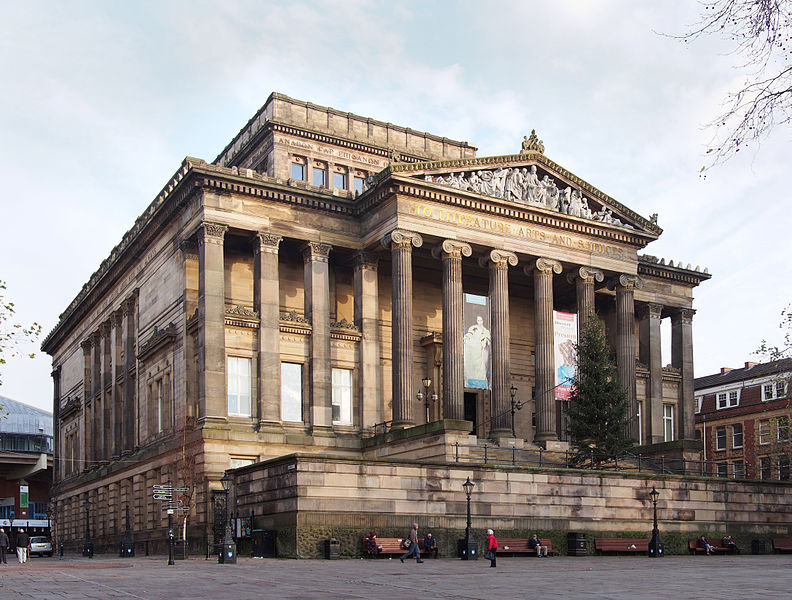Among all the works by Charles Dickens, Hard Times seems a
bit out on a limb. The main reason for
this is geographical, being set “up north” rather than the author’s usual
stamping ground, which was mainly in the south-east, sometimes extending out
west to Bath, or up the east coast to Great Yarmouth. The story is set in the fictional Lancashire
industrial centre known as Coketown.
Dickens had never ventured this far north prior to writing the novel, so
to get himself into the mood he set off for Preston in 1854, where he
reportedly became thoroughly bored and depressed, perhaps as much as anything
because there was a strike on at the time – oh, and the fact that it was
January probably didn’t help. The
industrial unrest witnessed by Dickens provided the main inspiration for the
backdrop to the story, and for the characters, including the obnoxious
industrialist Josiah Bounderby and one of his employees, the tragic Stephen
Blackpool, unable to leave his alcoholic wife for his co-worker sweetheart, wrongly
accused of a bank robbery and forced to flee the mill and Coketown before
coming to an untimely end after falling into a hole in the ground.
It has been commented that, unusually for Dickens, the characters
in Hard Times lack vibrancy, not surprisingly since he did not linger long
enough in Preston to get to know the local people. However, where he does shine is in his
descriptions of the local industrial landscape.
Coketown is described as “that ugly citadel, where Nature was as
strongly bricked out as killing airs and gases were bricked in”. The red brick architecture is dismissed with
the comment that it is “of brick that would have been red if the smoke and
ashes had allowed it”. Not surprisingly,
the chimneys attract particular disgust: “the chimneys, for want of air to make
a draught, were built in an immense variety of stunted and crooked shapes”. However, he did concede that the factories,
when lit up, looked like “fairy palaces”.
Even on a sunny summer’s day and seen from a distance “Coketown lay
shrouded in a haze of its own, which appeared impervious to the sun’s
rays. You only knew the town was there
because you knew there could have been no such blotch upon the prospect without
a town.”
Preston lies on the banks of the River Ribble, and its
origins go back to Roman times.
Highlights of the city’s pre-industrial age include the Battle of
Preston in 1648, during the English Civil War, and another Battle of Preston
during the Jacobite Rebellion, when the Jacobite army was defeated there.
It was in the 19
th century,
however, that the former market town became a ‘poster child’ for the
transformations brought about by the Industrial Revolution, most notably
courtesy of the cotton industry and its mills such as the one owned by
Bounderby.
The appalling conditions in
the mills were what led to the strike of 1842 which led to the reading of the
Riot Act and the involvement of armed troops, who killed several strikers.
Sadly, like so many places in the north, the
20
th century saw a notable decline in the city’s industrial
activity.
The free to enter
Harris Museum and Art Gallery has a section devoted to the city’s history alongside
its art displays. The town's shopping centres include the Victorian era
Miller Arcade, pictured above, which was modelled on the Burlington Arcade in London.

.jpg)


.jpg)






